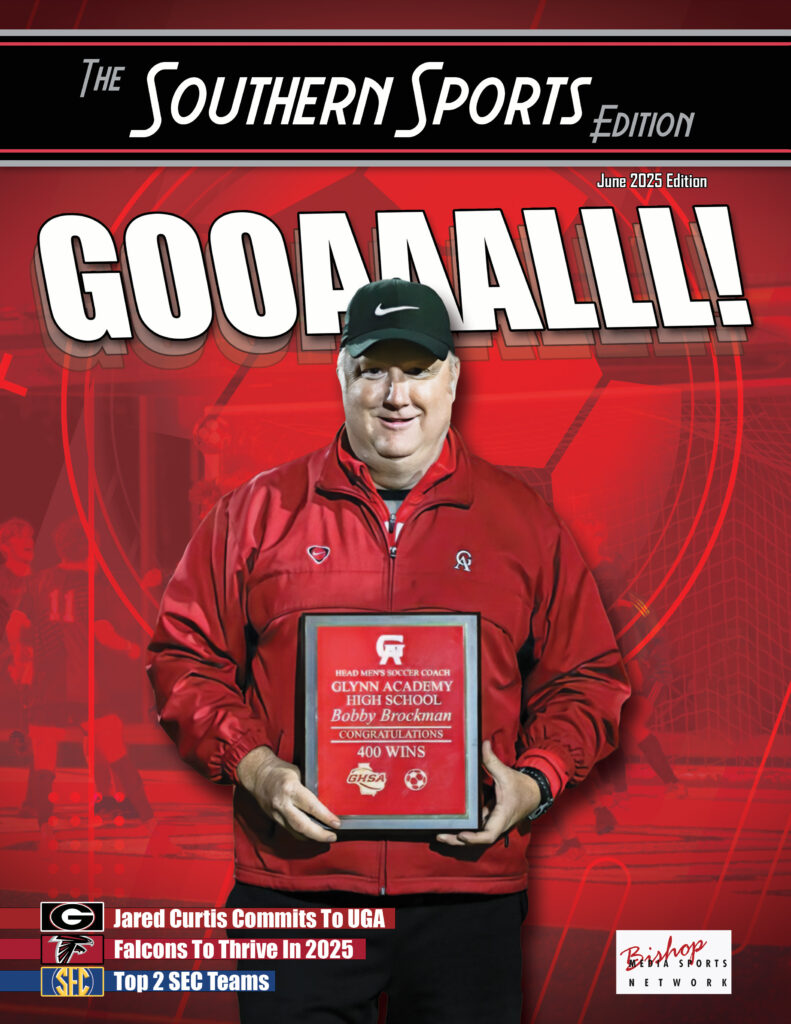Rule Change
 By: Michael Spiers
By: Michael Spiers
TheSouthernSportsEdition.com news services
As the NFL preseason wraps up, the effects of several new rules are becoming clearer, with the revamped kickoff alignment being one of the biggest talking points.
Kickoffs, which had been fading in importance, are making a strong comeback. This preseason, 78% of kickoffs have been returned, compared to just 22% during the 2023 regular season.
The league’s effort to make kickoffs a strategic play again has also led to a big drop in touchbacks, now down to 19% from 73% last year. The average starting field position after a kickoff has improved too, moving up to the 28.3-yard line, a nice jump from 23.9 yards in the 2023 preseason.
This rise in returns has led to more exciting plays, with 11 kickoffs returned for at least 40 yards, almost double the number from last year at this point.
However, some teams are still opting for the safety of touchbacks, and we’ve seen a 10% increase in kickoffs landing in the end zone between Weeks 1 and 2 of the preseason.
About two-thirds of kickoffs have hit the “landing zone” between the 20-yard line and the goal line, showing that teams are trying out different approaches under the new rules. But with touchbacks now spotted at the 30-yard line, there’s some debate about whether teams will stick with this more cautious approach once the regular season kicks off.
Another interesting shift is how involved kickers have become in the action. They’re making tackles a lot more often than before.
Last season, kickers were credited with a tackle roughly once every 15 games, but this preseason, they’re averaging a tackle every four games. This shows how kickoffs are becoming more dynamic again, with some coaches even using their starters on special teams to take advantage of this renewed importance.
The new kickoff rule isn’t the only change this season. The NFL has also introduced a penalty for hip-drop tackles, which has sparked a lot of debate. Despite concerns about how it would be enforced, no flags have been thrown for it so far in the preseason. The rule is aimed at the most obvious cases, where a player drops their hips and body weight onto the runner’s legs to bring them down.
If a player stays on the ground or on their feet while using a similar technique, it’s still considered a legal tackle. The NFL seems to be taking a similar approach to how they enforce the helmet rule, with penalties likely coming after the game during reviews instead of during live play.
Besides these major changes, the NFL has also made some quieter adjustments to its replay system. Replay officials can now review two new situations: whether a passer was down by contact or out of bounds before throwing the ball, and whether the game clock expired before the snap.
These additions fit with the league’s cautious approach to expanding replay, where they focus on fixing obvious mistakes without reviewing everything.
The league has also made changes to player safety with the expanded use of Guardian Caps during training camps and preseason practices.
These foam pads, which attach to the outside of helmets, are now mandatory for more positions, except quarterbacks and specialists.
The NFL also allows players to wear helmets that offer equal or better protection than Guardian Caps during practices and games, leading to more players switching to those models. Some players are still opting to wear Guardian Caps during preseason games.
With just one week left in the preseason, we’re already seeing the impact of these new rules, especially with kickoffs.
Teams are testing out different strategies, and the 2024 season could bring a lot more special teams action, with more returns and big plays than in recent years.
But whether these trends continue into the regular season depends on how teams decide to balance the risks and rewards of the new rule changes.
I can’t wait to find out!



